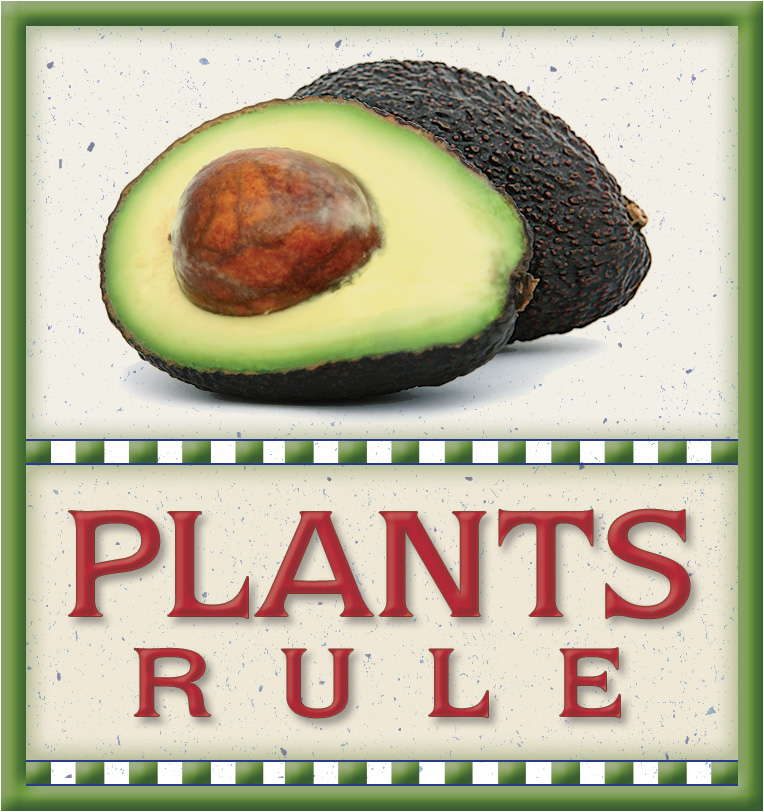The Fall and Rise of Industrial Hemp in the United States
For a plant that has been used for more than 8,000 years, the fortunes of industrial hemp in the United States changed dramatically over the two centuries leading up to 1937. That was the year that hemp went from being a highly utilitarian crop that had been used as legal tender in parts of the Americas in the 1700s to an illegal substance considered to be a dangerous drug.
What happened to change the status of hemp over this time period? Clearly, it got caught up in the anti-marijuana frenzy of the 1930s. However, another reason was that powerful forces aligned against hemp. Chief among them was newspaper magnate William Rudolph Hearst (think Citizen Kane) who had extensive timber holdings whose values were threatened by the use of hemp for paper production. In addition, Pierre du Pont had just patented nylon, and hemp’s use in ropes and riggings posed a competitive threat to his new product.
While hemp and marijuana do belong to the same species (Cannabis sativa), hemp has extremely low levels of THC, the drug that provides marijuana’s high. THC levels in hemp tend to be less than 0.3%. Compare this to the average THC content of 12.2% in marijuana confiscated in 2014 according to the National Institute on Drug Abuse.
This difference is one of many between hemp and marijuana, and the plants are entirely different cultivars that are genetically distinct from each other. Despite this fact, hemp was included in the prohibition against marijuana in the 1970 Controlled Substances Act, which designated the plant as a Schedule I controlled substance.
The Beginning of the End for the Prohibition Against Hemp
Despite a brief respite during World War II when the US government encouraged its citizens to grow hemp for fiber and oil, the plant was maligned and prohibited until major changes in 2014. A Congressional Research Service publication describes how the 2014 farm bill allowed the production of hemp under restrictions tightly controlled by the DEA.
Interest in the US of hemp as an agricultural commodity had been increasing at the state level since the 1990s. With strong interest in the research of the growth and uses of hemp, the 2014 farm bill authorized pilot programs to study these topics if they were approved by the state departments of agriculture and the USDA.
Hemp Becomes an Official Agricultural Commodity in 2018
The 2018 farm bill brought major changes to the status of industrial hemp – mostly legalizing its production in the United States. As described by the Brookings Institute, the leadership of Senate Majority Leader Mitch McConnell was instrumental to the inclusion of hemp in the farm bill. Senator McConnell hails from Kentucky – one of the best places in the world to cultivate hemp.
However, the new farm bill mandates numerous restrictions on the growth of hemp. The primary one is that hemp must contain less than 0.3% THC. If growers exceed this mandate, they are considered to be growing marijuana, which is still regulated as a controlled substance at the federal level. In addition, both state and federal authorities share regulatory power over the cultivation and production of hemp.
Hemp is used in more than 25,000 products as diverse as oils in lotions and a form of concrete known as hempcrete. The plant is even used to remove heavy metals from the soil and is grown at Chernobyl for this purpose.
Considering that more than 30 countries grow hemp as a commercial crop, and the US imported $67.3 million in hemp products in 2017, it was long past time to legalize its production in the US. In fact, retail sales of hemp products in the US totaled nearly $700 million in 2016 according to the Hemp Industries Association.
